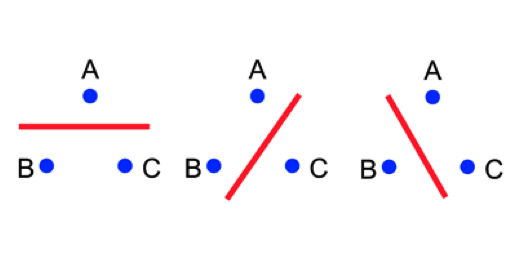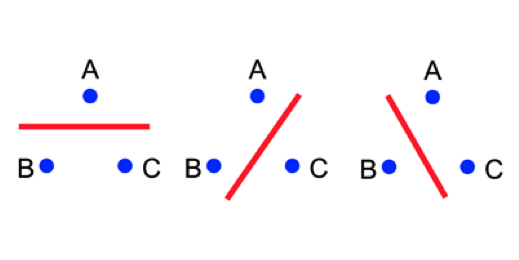Neither Here Nor There
Among the many brain-twisting surprises in quantum mechanics, entanglement and nonlocality rank at the top. In a familiar entanglement scenario, a spin-one particle can decay into two spin-one-half particles. Even as they fly apart in space, these particles are eerily connected—a measurement on one will correspond to a measurement on the other. Some believe that this is the result of hidden variables operating under the hood of quantum physics, but actual lab studies of such correlations point to nonlocality—the notion that things don’t need to be in physical proximity to influence one another. Entanglement is on many researchers’ minds owing to the potential for building powerful quantum computers, but precisely how are entanglement and nonlocality related?
Tamás Vértesi of the Hungarian Academy of Sciences, and Nicolas Brunner of the University of Bristol, UK, now report in Physical Review Letters their efforts to sort this out. In particular, they ask if quantum nonlocality ensures that a complex entangled state can always be “distilled” down into a simpler state (such as the two entangled spin-half particles above). To tackle this, they theoretically construct a family of three-qubit states for which any bipartite grouping (AB + C, etc) is completely separable (i.e., expressed as two distinct wave functions). Although the three-qubit states violate Bell’s inequality (and hence exhibit nonlocality), the authors conclude that the biseparability means that no simpler entangled states can be distilled from them. This finding runs counter to earlier work and is likely to spark a debate on the proper analysis of these fundamental questions. For quantum information researchers, the work may hold lessons about the generation, transformation, and management of entangled states for computation. – David Voss





